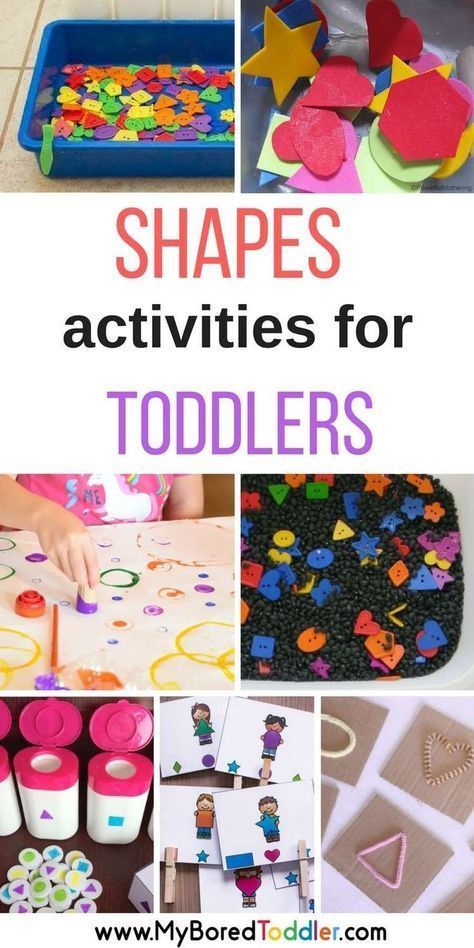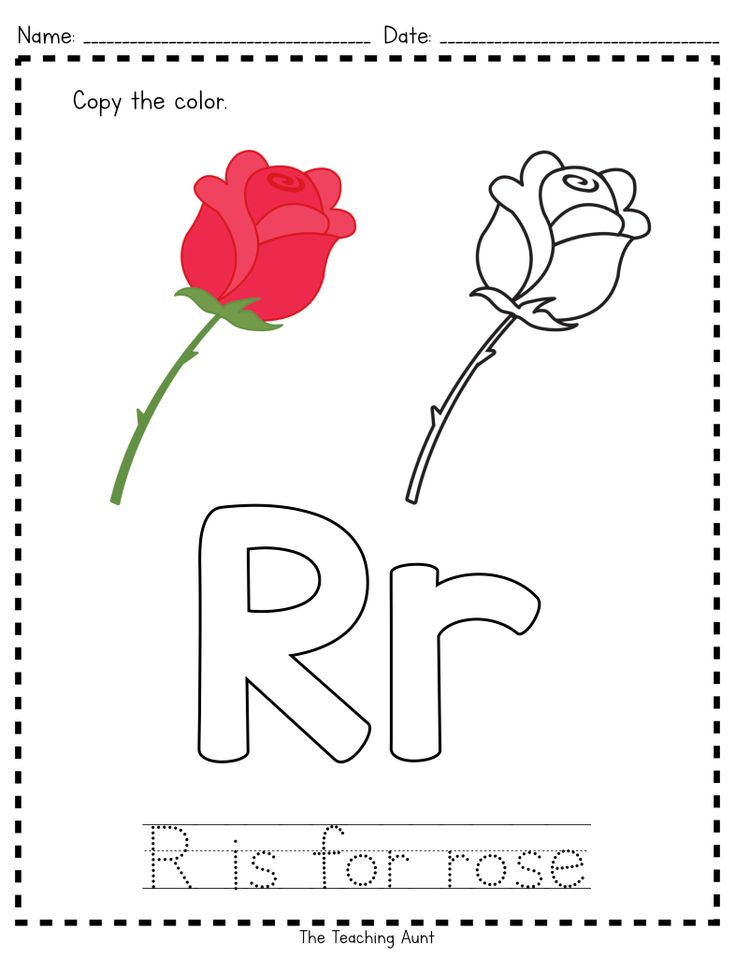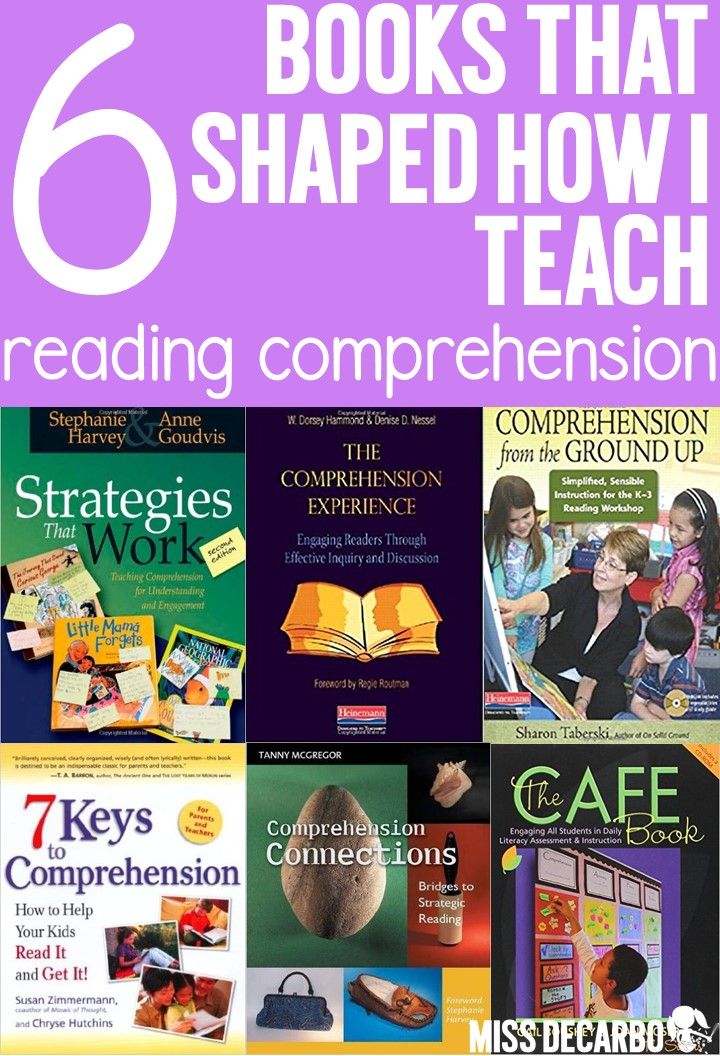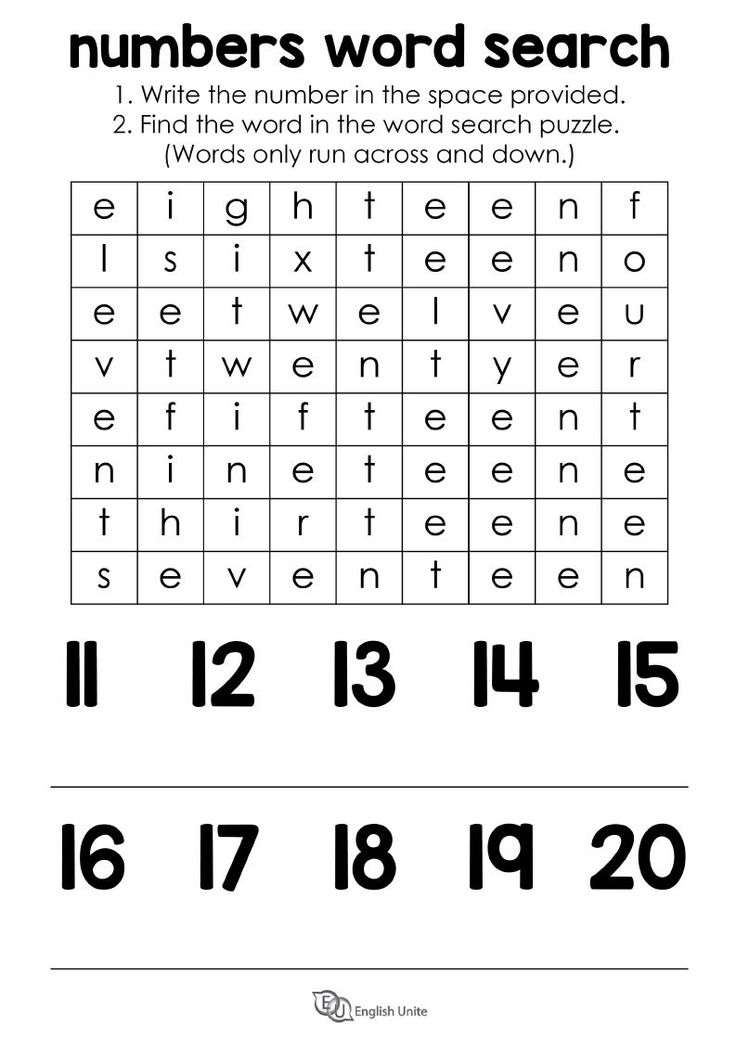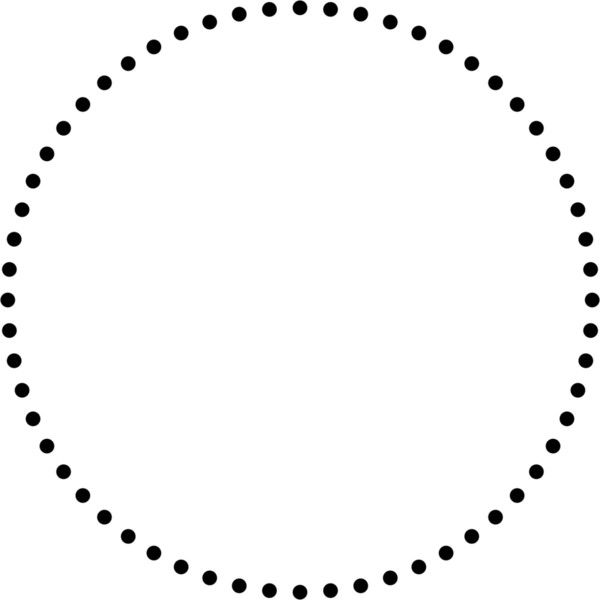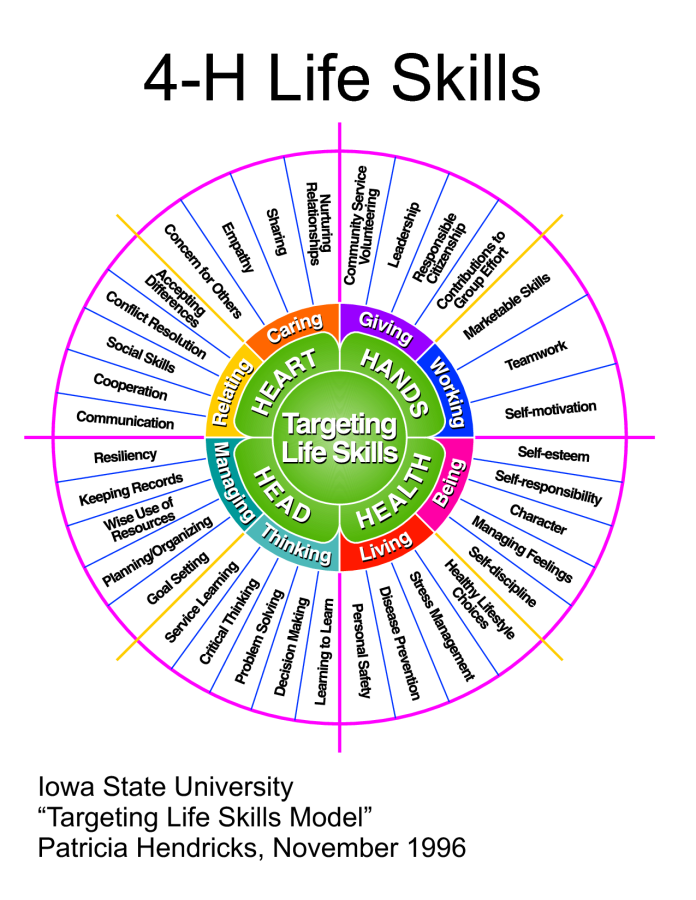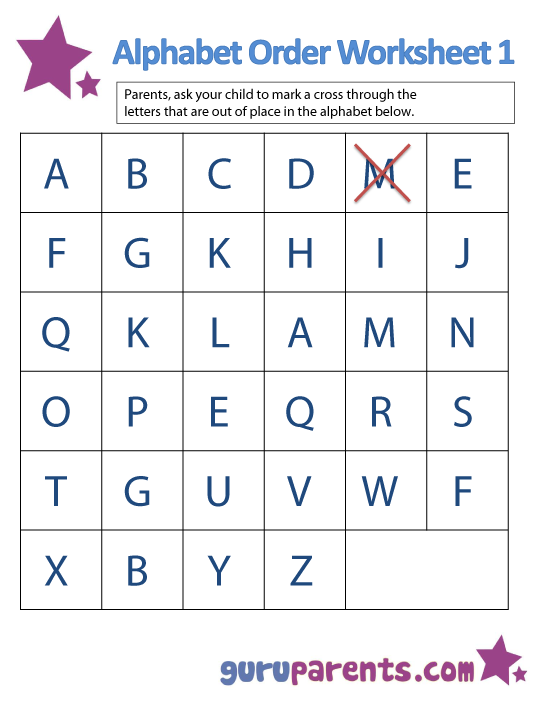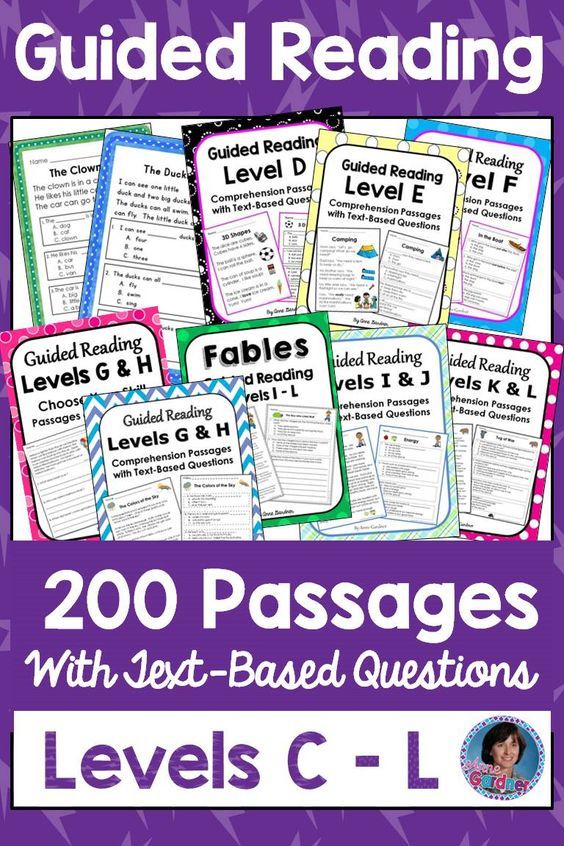Preschool math at home
How to Teach Preschool Math That Your Child Will Love
Give Your Preschooler a
Great Start in Math!
When my first child was a preschooler, I couldn’t believe how quickly and easily he learned new things.
He was always absorbing new information, whether he was playing with his beloved Thomas trains, listening to his favorite picture books, or trying to figure out whether I really meant it when I said he had to eat his broccoli.
I knew my little guy learned best by moving, talking, and playing—not sitting in a chair and doing worksheets. But when I looked for preschool math programs, all I found were repetitive workbooks with way too much writing.
I wanted learning about numbers to be fun, hands-on, and interactive, not boring, tedious, and separate from real life.
And so, I decided to create my own preschool math program.
I had plenty of background as a math teacher and curriculum writer, but I was busy with a new baby. So, every activity had to be short and easy to implement for my sleep-deprived self. Plus, I didn’t need any extra errands, so it had to use things I already had around the house.
Now, I’ve put together those activities in Preschool Math at Home. It’s an easy-to-use preschool math curriculum that any parent can use to give their child a fun, hands-on start in math.
BUY NOW
These simple, short lessons are fun. This is a great resource if you're looking for ideas to be more intentional with incorporating math/number sense into play time.
I love how this book is an easy read and I can spend 3 minutes and have three activities to do for the next day. I also just feel more confident now that I know what expectations for math at the preschool look like...HIGHLY RECOMMENDED for preschool age math curriculum!
My 4 yr old daughter loves doing math now and asks to play the games all the time!
“My 3 year old thinks she is just playing …but she is getting a solid foundation in these early math skills.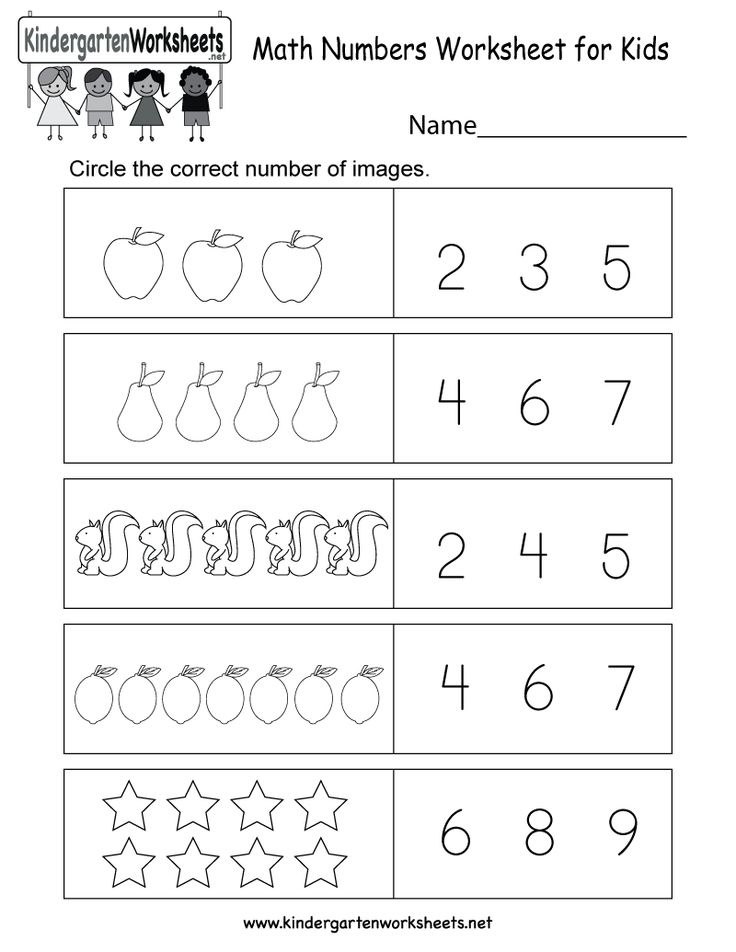 ”
”
“This book is clearly written with explanations about why I am using each exercise. This is especially helpful so that I know where I am going with him in terms of math and not just using a math activity book.”
“I rarely ever write a review, but this one is worth writing about. I have been using this math curriculum for about a month with my 3 year old and her progress has been amazing.”
Previous
Next
But my preschooler would never sit still for math…
Check out a few sample activities in action. You’ll see how these fun, hands-on math activities can keep even the wiggliest little boy engaged.
Frequently Asked Questions
What’s the best age to start?
Start whenever your child starts to become interested in numbers, usually around age three or four.
Will I need to buy any extra materials?
Nope! All the activities use everyday household items like stuffed animals, toy cars, and blocks.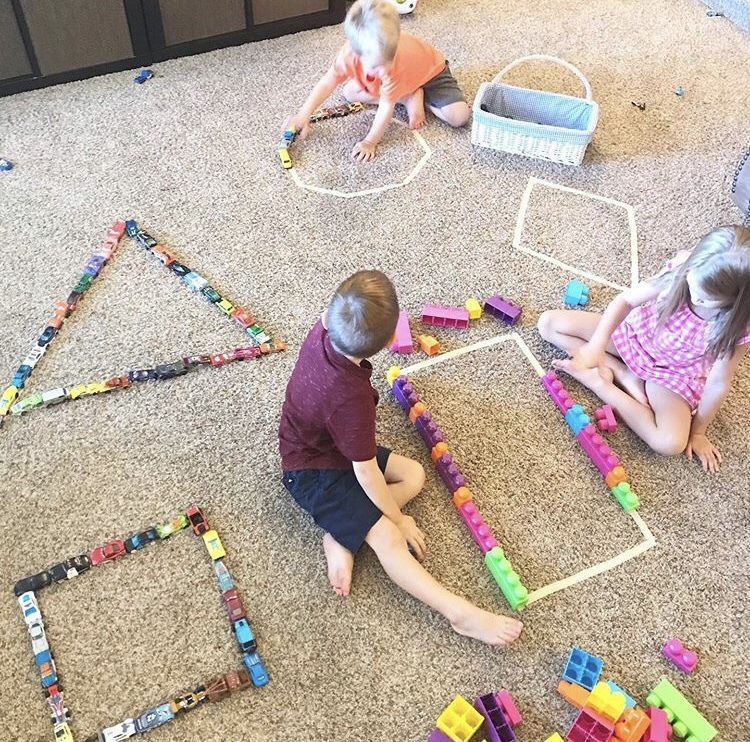
How long does each activity take?
Just five minutes, so that you can make the most of your preschooler’s short attention span.
Can I see a sample of the activities?
Sure! Click here to see the table of contents, introduction, and 6 activities that will give you a flavor of the book.
You'll be amazed at how much your preschooler will learn--
in just 5 minutes a day!
BUY PRESCHOOL MATH AT HOME NOW
Easy Math Activities for Preschoolers to Do at Home or School
These easy math activities for preschoolers are simple to set up but super engaging for the children. These math activities for preschoolers are just right for kids at home or in the classroom.
Related: Activities for Preschoolers at Home
Just to clarify, when I say EASY math, I don’t mean the children won’t be learning. I mean that they’re easy to pull together and they don’t require too many materials.
Table of Contents
Easy Math Activities for PreschoolersYou’ll be able to use these math ideas whether you’re a preschool teacher in the classroom or a parent working with kids at home.
Bonus: many of these math ideas can be done with a variety of materials. So if you don’t have each specific item, don’t stress about it. Use what you have on-hand.
Related: 35+ Spring Math Activities For Preschoolers
Easy Math for PreschoolersThese math activities are ones using simple items you already have around the house, in your craft stash, or in the classroom.
Shapes and ColorsMosaic Math Art – Cut and glue paper squares to make your own patterns.
Homemade Geoboard – Make a simple geoboard for the kids to use when exploring shapes.
Simple Preschool Shape Activities – Go on a shape hunt and take (or draw) along the way.
Graphing and PatternsSymmetry Snowflake Craft – Use paper and sticks to explore symmetry.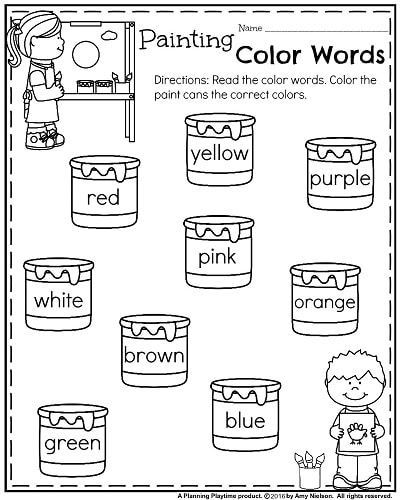
Apple Math Fun – Stamp with apples and then graph the favorites.
Bar Graphs for Preschoolers – Create simple bar graphs using paper, shower curtains, etc.
Graph with Duplos – Use Duplos (or regular-sized Lego bricks) to create simple graphs.
Easy Math Activities for Preschoolers that Involve Numbers and CountingSimple Outdoor Number Activities – Use chalk, rocks, pine cones, etc. to work on early number and counting skills.
Spring Math Game for Kids – Grab some play dough, dice, and some fake flowers for a fun dice game. Use craft sticks in place of flowers if you need to.
Summer Math for a Preschool Ice Cream Theme – Add scoops of “ice cream” to numbered cones.
Fine Motor Number Activity – Stack small items based on the number.
Pumpkin STEM Challenge – Use candy (it doesn’t have to just be pumpkins!) and play dough to create structures based around a number.
Broken Heart Numbers – Put the hearts together by matching the numerals with the quantities.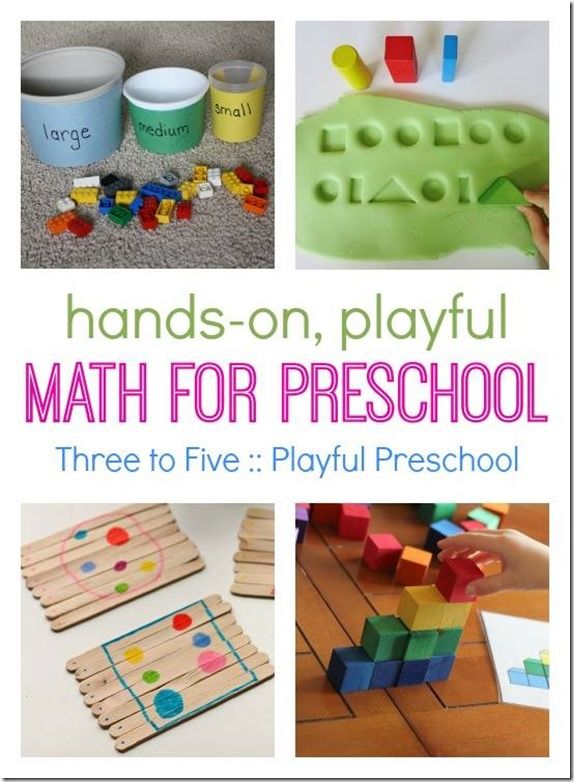
Firework Math Activity – Use pompoms as “fireworks” to sort, count, and graph.
Counting Snowballs Preschool Winter Math – Move the correct quantity of “snowballs” to each number.
Printable Math for KidsThese easy math activities for preschoolers are definitely simple to get ready. Print, simple prep, and go! You can use whatever you’ve got on-hand as needed.
Math Emergent ReadersCounting Flowers Printable Book – Print, staple, and go! Literacy and math in one easy to make emergent reader.
Apple Counting Book – Grab the crayons or markers. Then get reading and counting.
Spider Counting Book – Use fingerprints to make the correct number of spiders on each page.
Easy Math Activities for Preschoolers Using DiceMake Way for Ducklings Preschool Number Game – Play a number game based on a favorite book.
Printable Snowman Number Game for Kids – This snowman dice game is a blast, and you can use anything to mark the numbers.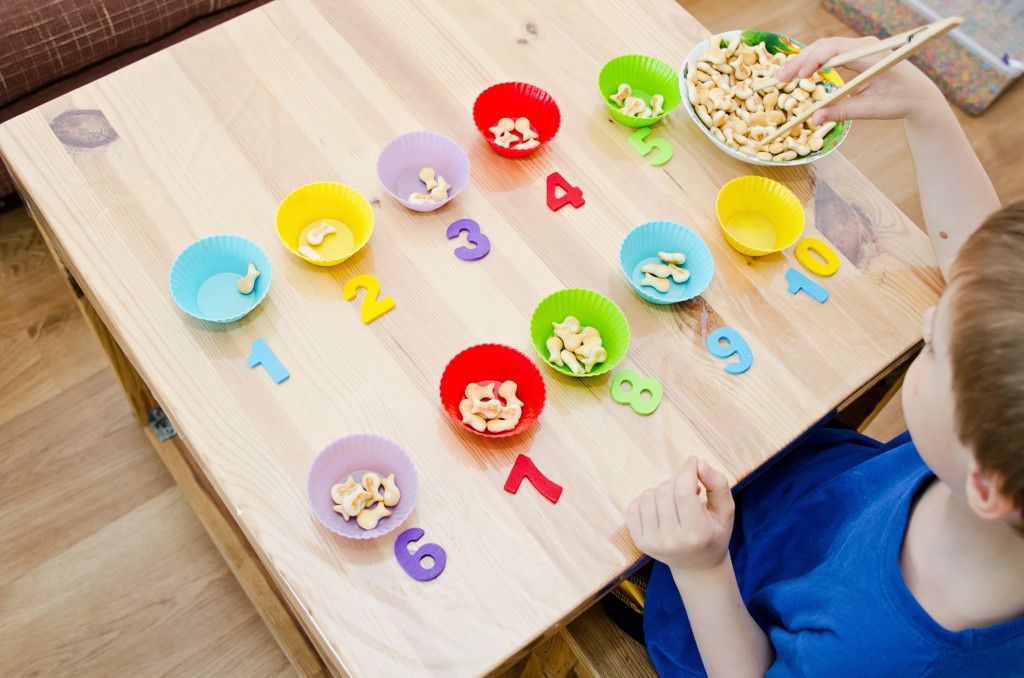
Muddy Pig Game for a Farm Theme – Add “mud” to the printable pig using fine motor skills.
Apple Math Game – Roll the die and add “apples” to the printable apple tree game board.
Printable Valentine Games for Kids – Roll the die and cover the number on these heart-themed dice games.
Number Cards, Mats, & Ten FramesSlime Monster Counting Activity – Printable monster number cards you can use with googly eyes, slime, or whatever you have available.
Printable Number Cards for Valentine’s Day – Use the number cards to tell you how many hearts to add to the candy jar.
Snack Math for Preschoolers – Pair these simple number printables with snack.
Printable Fall Calendar Number Cards – Use the printable fall numbers to make calendars or work on a variety of early math skills.
Robot Sensory Writing Tray – Printable robot numbers to use with a sensory writing tray.
One-to-One Correspondence Activity with Blocks – We used small blocks to work on counting and one-to-one correspondence.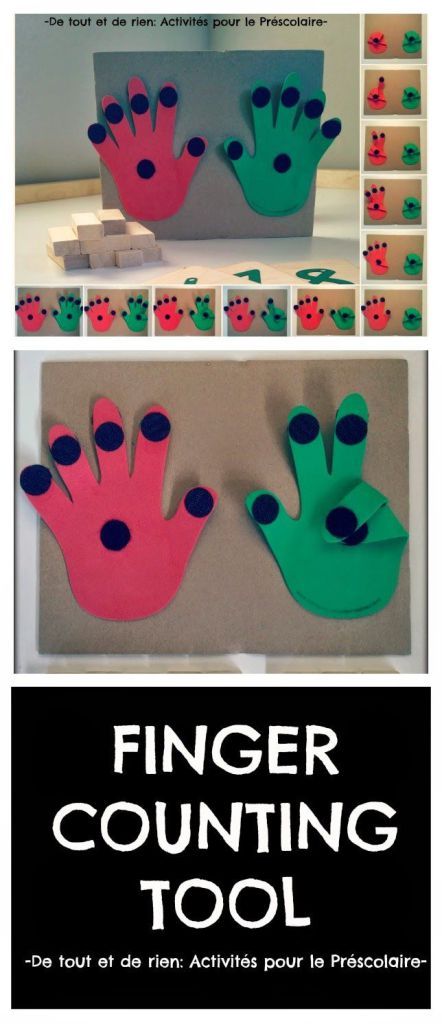 But you can use any available items.
But you can use any available items.
Apple Printable Number Activity – Practice fine motor skills by matching tiny “apples” to the printable number cards.
Lion Printable Ten Frames – Use these ten frames with any loose parts you have available (mini erasers, coins, Lego bricks, rocks, etc.).
Gingerbread Man Printable Ten Frames – Place the correct number of gumdrops on the gingerbread 10 frames.
Transportation Math Activities for Preschoolers – This transportation-themed mini pack has 12 number clip cards, 2 dice games, and 4 number puzzles.
Easy Math Activities for Preschoolers Learning about Colors, Shapes, and PatternsPrintable Bunny Shape Mats – Explore shapes with play dough, loose parts, or dry erase markers.
Pumpkin Sorting Activity – Sort the colorful “pumpkins” (or whatever you have on-hand) to the appropriate color card.
Printable Bear Math – Use colorful bears (or play dough) to make patterns.
Preschool Math BooksI can’t resist adding some book suggestions to this list of easy math activities for preschoolers.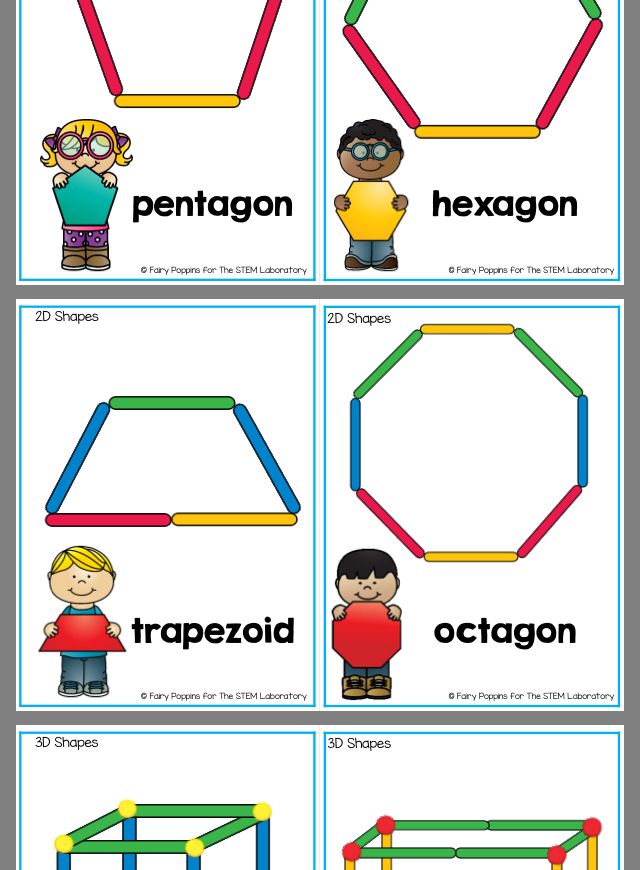 Reading a book and talking about early math concepts is definitely a low-prep way to teach a little math.
Reading a book and talking about early math concepts is definitely a low-prep way to teach a little math.
I may get commissions for purchases made through links in this post.
Done-for-You Preschool ResourcesPlanning meaningful lessons for students week after week, all while balancing other teaching responsibilities and a personal life, can be a daunting task. That’s where Preschool Teacher 101 comes in to save you time!
Preschool Teacher 101 is excited to share with you some amazing lesson plans, activity packs, and much more! We offer a wide variety of themes that are frequently used in preschool classrooms, as well as some less common (but super interesting) themes. Click on the images below to learn more about some of my favorite math product offerings!
0 Through 9 Number PuzzlesShape Monster Process ArtJoin The Pack from Preschool Teacher 101 today for exclusive access to our amazing products. And we even have three different membership options to suit your needs!
Cheerful Mathematics at Home
Consultation for Parents "Cheerful Mathematics at Home"
Parents can provide invaluable help in mastering elementary mathematical concepts for a preschooler from the age of 3. And only the joint work of the kindergarten and the family can ensure the success of the child in mastering this section of the program of the preschool educational institution.
And only the joint work of the kindergarten and the family can ensure the success of the child in mastering this section of the program of the preschool educational institution.
The home environment promotes the emancipation of the child and he learns the learning material at his own pace, reinforces the knowledge gained in kindergarten. Parents, in turn, learn a lot about their child.
Therefore, we can recommend some mathematical games and exercises for them to play in the family circle. These games are available for a child of primary preschool age and do not require lengthy preparation, the production of complex didactic material.
Mathematical game "Pick the wheels to the wagons"
Purpose of the game: learning to distinguish and name geometric shapes, establishing a correspondence between groups of figures, counting up to 5. , and to red - blue wheels. Then you need to count the wheels from left to right for each trailer separately (cars and wheels can be cut out of colored cardboard in 5-10 minutes).
Mathematical game "Compose a flower"
Purpose of the game: to teach how to make a flower silhouette from geometric shapes of the same shape, grouping them.
Game progress: an adult invites a child to make a flower for mom or grandmother for the holiday from geometric shapes. At the same time, he explains that the middle of the flower is a circle, and the petals are triangles or circles. The child is given the choice to collect a flower with triangular or round petals. Thus, it is possible to fix the names of geometric shapes in the game, inviting the child to show the desired figure.
Game-exercise "Name a similar object"
Purpose of the game: development of visual attention, observation and coherent speech.
Game progress: an adult asks a child to name objects that look like different geometric shapes, for example, "Find what looks like a square" or find all the round objects ... This game can be easily played while traveling or on the way home.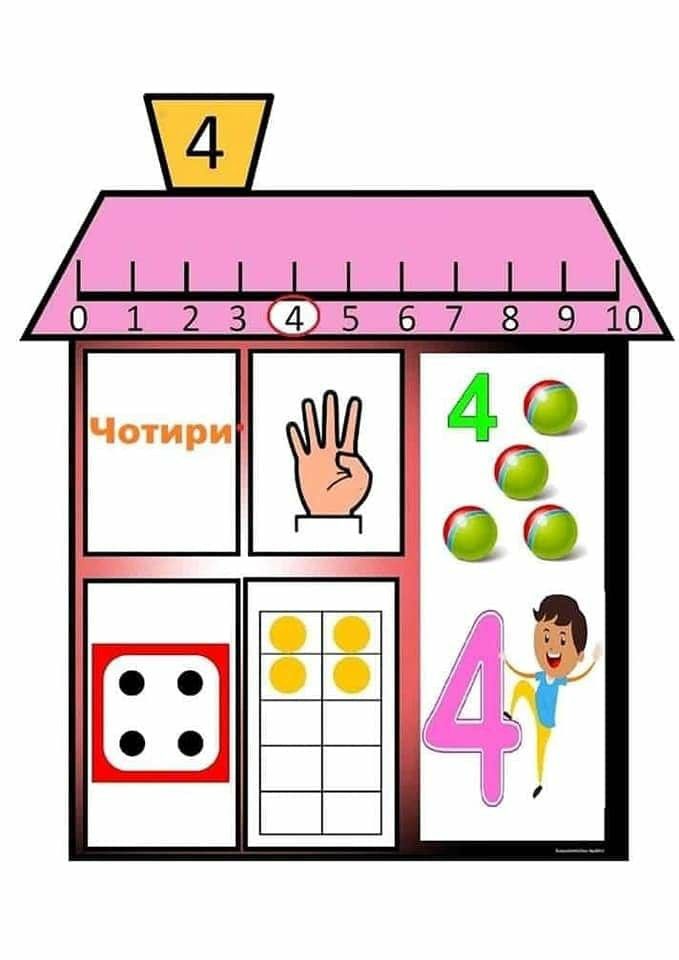
"Collect the beads"
Purpose of the game: to develop the perception of color, size; the ability to generalize and concentrate; speech.
Game progress: for sequences, you can use the Lego constructor, figures cut out of paper (but I prefer figures made from kitchen cellulose napkins - they are more convenient to work with), any other objects.
Of course, at this age the sequence should be very simple, and the task for the child should be to lay one or two bricks in its continuation. Examples of sequences (the child must continue the logical series - complete the track with "correct bricks"):
Mathematical game “What is in our apartment”
Purpose of the game: to develop the ability to navigate in space; logical thinking, creative imagination; coherent speech, self-control
development of visual attention, observation and coherent speech.
Game progress: first you need to consider the interior of the room, apartment in sequence. Then you can ask the child to tell what is in each room. If he finds it difficult or does not name all the objects, help him with leading questions.
Then you can ask the child to tell what is in each room. If he finds it difficult or does not name all the objects, help him with leading questions.
I would like to remind you, dear parents, of the need to support the child's initiative and find 10-15 minutes daily for joint play activities. It is necessary to constantly evaluate the success of the child, and in case of failures, approve of his efforts and aspirations. It is important to instill in your child self-confidence. Praise him, in no case scold him for his mistakes, but only show how to fix them, how to improve the result, encourage the search for a solution. Children are emotionally responsive, so if you are not in the mood for a game right now, then it is better to postpone the lesson. Game communication should be interesting for all participants in the game.
Play with your child with pleasure!
The material was prepared by the teacher of the group Leksakova V.S.
04/09/2019
"Mathematics at home" - preschool education, other
Consultation for parents
"Mathematics at home".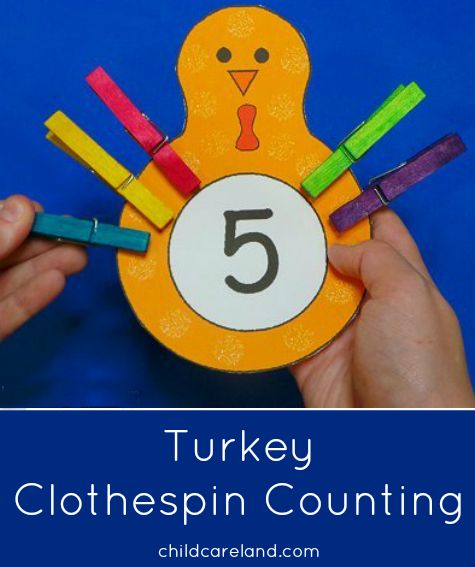
At preschool age, the foundations of the knowledge necessary for the child at school are laid. Invaluable help in mastering a child - a preschooler elementary mathematical submissions from the age of 3 can be provided by parents of . And only the joint work of the kindergarten and the family can ensure the success of the child in mastering this section of the program of the preschool educational institution. The most important thing is to instill in the child an interest in learning. To do this, classes should be held in a fun way. The main thing when learning to count is not at all mastering computational skills, but understanding what numbers mean and what they are for. Therefore, we recommend some math games and exercises to play with your family. These games are available for a child of both younger preschool age and older, and do not require lengthy preparation, the manufacture of complex didactic material .
"Collect the beads"
Purpose of the game : to develop the perception of color, size; the ability to generalize and concentrate; speech.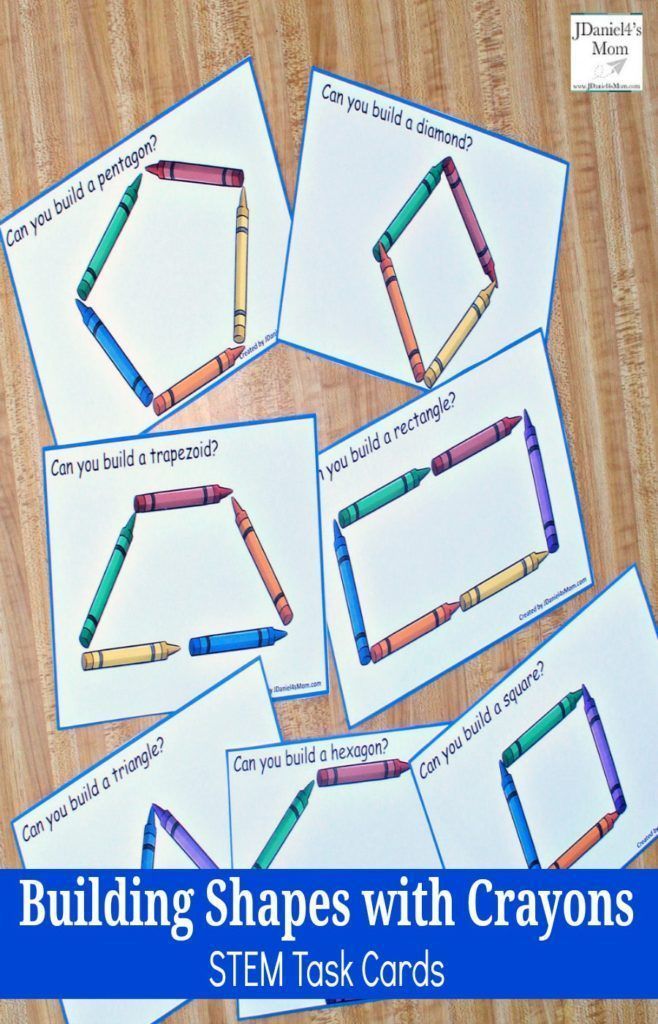
Game progress : 9 can be used for sequences0003 constructor Lego , figures cut out of paper (but I prefer figures made from kitchen cellulose napkins - they are more convenient to work with, any other items.
Of course, at this age, the sequence should be very simple, and the task for the child should be to lay out one or two bricks in its continuation.Examples of sequences (the child must continue the logical series - complete the path with "correct bricks"):
"Guess how much is in which hand"
Two or more players can participate in the game. The host picks up a certain number of items, no more than 10 (these can be matches, sweets, buttons, pebbles, etc., and announces to the players how many items he has in total. After that, he lays them out behind his back in both hands and asks the children Guess how many items are in which hand
"What number is missing?" if you and your child count, you can count the passing trams, the number of child passengers, shops or pharmacies.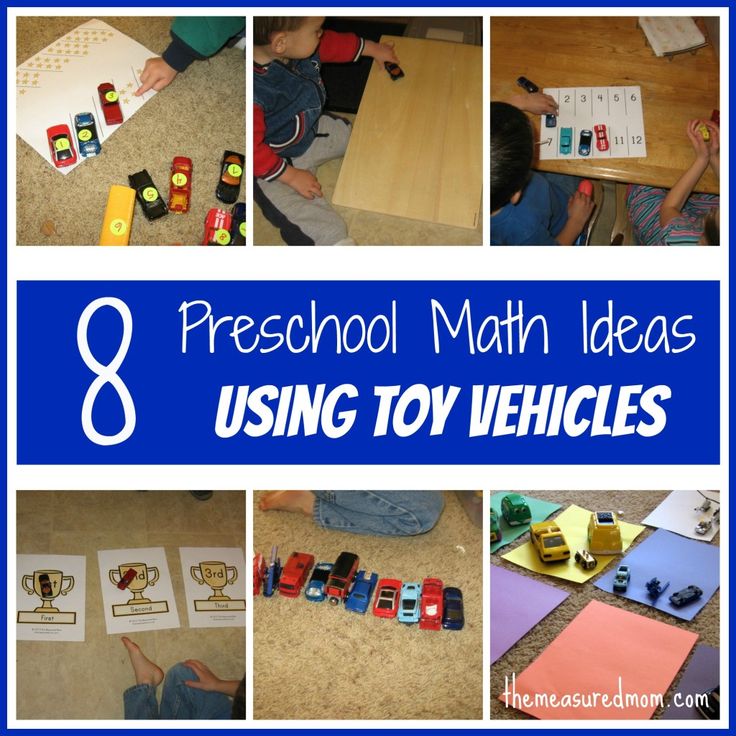 0093 You can come up with an object for each account : the child counts large at home , and you are small. Who has more? How many cars are around? Pay attention to what is happening around : on a walk, on the way to the store, etc. Ask questions, for example : "Are there more boys or girls here?", "Let's count how many benches are in the park", "Show which tree is tall and which is the lowest", "How many floors are there in this house?" Etc.
0093 You can come up with an object for each account : the child counts large at home , and you are small. Who has more? How many cars are around? Pay attention to what is happening around : on a walk, on the way to the store, etc. Ask questions, for example : "Are there more boys or girls here?", "Let's count how many benches are in the park", "Show which tree is tall and which is the lowest", "How many floors are there in this house?" Etc.
Kitchen bill
The kitchen is a great place to learn the basics math . The child can count serving items, helping you set the table. Or get three apples and one banana from the refrigerator at your request.
“Guests have arrived” (definition without counting equality and inequality of two groups of objects by the overlay method).
Use the terms "more than" , "less than" , "equally" . Make sure that the child does not count the same item twice.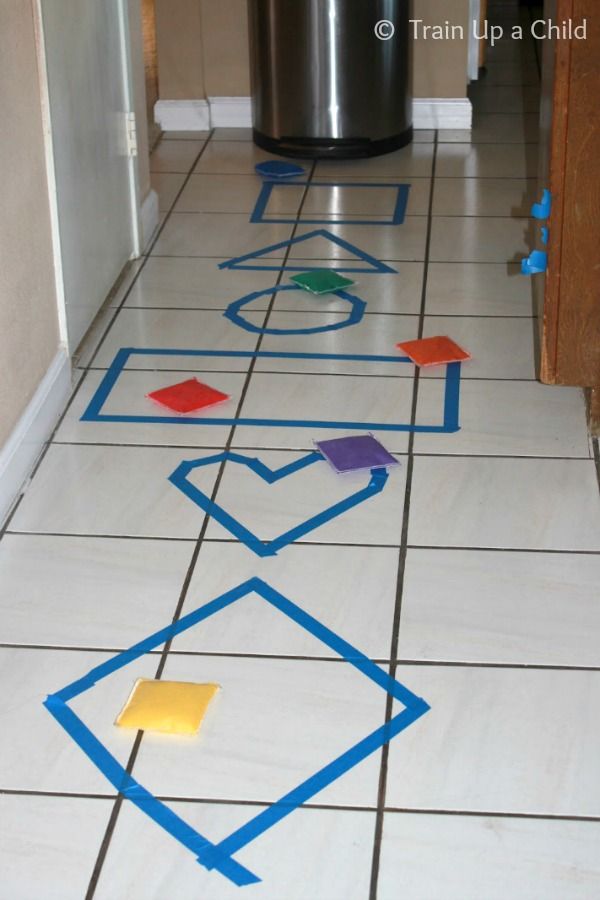
“Divide the object”
(cake into 2, 4, etc. parts)
Show that the whole is always greater than the part. It is advisable to limit the compilation of problems to addition, subtraction in one action. Let the child take part in the task. It is important to teach him to put a question to a problem, to understand what kind of question can be the logical conclusion of the conditions of this problem.
“Find a Pair”
(in front of the child there are number cards in a row, on which objects are drawn or pasted).
The adult shows the number and the child finds the corresponding card.
"Name the neighbors"
(adult calls the number, and the child - his neighbors) .
For example, an adult says : "Two" and a child says : "One, three" .
I would like to remind you, dear parents , of the need to support the child's initiative and find 10-15 minutes daily for joint play activities.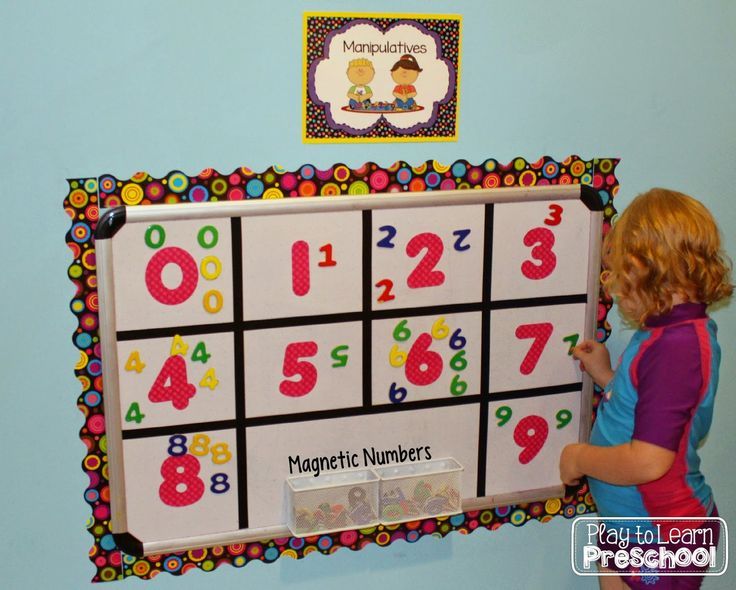 And you also need to constantly encourage the success of the child, and in case of failures, approve of his efforts and aspirations. Most importantly, do not forget to instill in your child self-confidence. And you will be fine.
And you also need to constantly encourage the success of the child, and in case of failures, approve of his efforts and aspirations. Most importantly, do not forget to instill in your child self-confidence. And you will be fine.
Conversation with children
on the topic
“Mathematics in our life”
“Mathematics, then
should be studied that it is given in
The procedure”
m. Lomonosov
Since ancient times, in his daily life, a person could not do without counting. For people, the need for the simplest arithmetic calculations arose long before the appearance of the first rudiments of writing, because the comprehension of the World in all its diversity constantly required a quantitative assessment of the acquired knowledge. Using the experience of past generations, the first great thinkers, with their discoveries, laid the foundation for the oldest of the sciences, whose name is mathematics.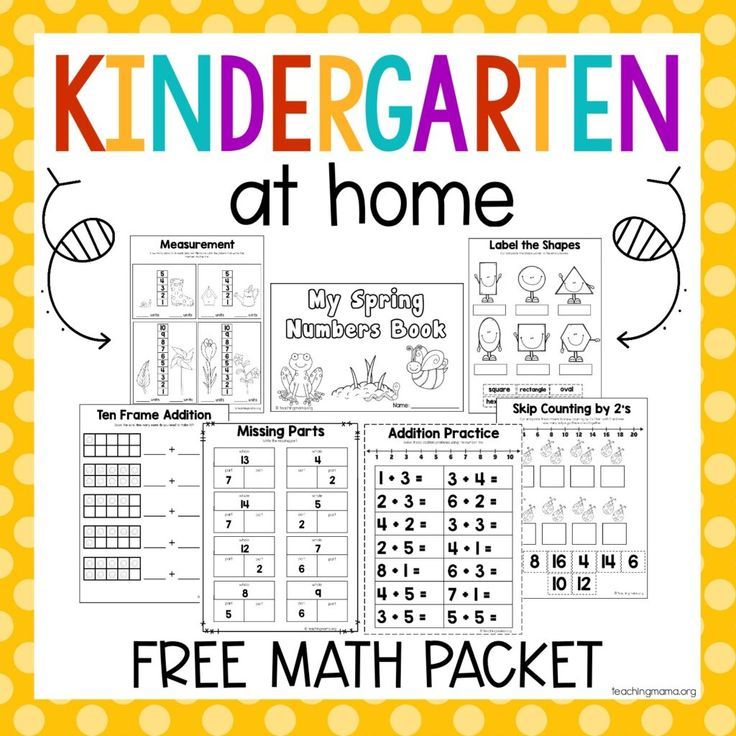 It is no coincidence that the root of this word in Greek means "science". Dozens of centuries have sunk into the past, but the name of the ancient Greek scientist Pythagoras, who lived in the middle of the millennium BC, has come down to us. "Everything is a number" - he believed, and the world of numbers lived a special life for Pythagoras and his followers. In the piggy bank of world knowledge, the treasures donated to mankind by Archimedes, the great ancient Greek mathematician and mechanic, who died defending Syracuse from the Romans 200 years before our era, have not faded. "Give me a point of support, and I will turn the Earth" - said Archimedes.
It is no coincidence that the root of this word in Greek means "science". Dozens of centuries have sunk into the past, but the name of the ancient Greek scientist Pythagoras, who lived in the middle of the millennium BC, has come down to us. "Everything is a number" - he believed, and the world of numbers lived a special life for Pythagoras and his followers. In the piggy bank of world knowledge, the treasures donated to mankind by Archimedes, the great ancient Greek mathematician and mechanic, who died defending Syracuse from the Romans 200 years before our era, have not faded. "Give me a point of support, and I will turn the Earth" - said Archimedes.
Many well-known mathematicians say that the main thing in mathematics is to teach a person to think, sometimes putting very difficult tasks in front of him. “Mathematics develops logical thinking, the ability to independently solve problems, the ability to quickly grasp the essence and find the most appropriate and simple approach to a life task,” adults tell us.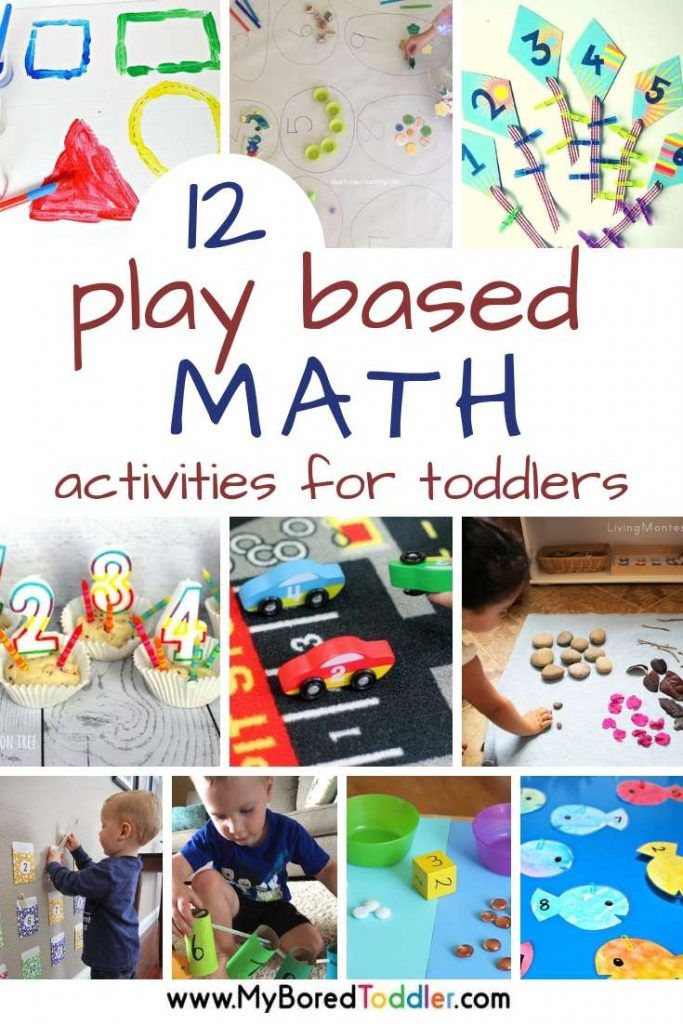 Mathematics is closely related to our daily life. Mathematics is found in our life at almost every step and it is not so gray and boring, but colorful and cheerful...
Mathematics is closely related to our daily life. Mathematics is found in our life at almost every step and it is not so gray and boring, but colorful and cheerful...
Mathematics is used in almost all areas of human activity, in various professions. Let's verify this with an example. We explore how mathematical knowledge is used in cooking, trade, clothing cutting and construction.
Mathematics in cooking.
Mathematics in cooking is of great importance, since a recipe must be followed to prepare any dish. The recipe indicates the exact ratio of products that must be observed in the cooking process. When weighing products in cooking, the mathematical values \u200b\u200bof mass and volume are used. They also need to know how to use it. Units of time play an important role in cooking. Cooked dishes need to be skillfully divided into portions, in which, again, mathematics will help us.
Mathematics in trade.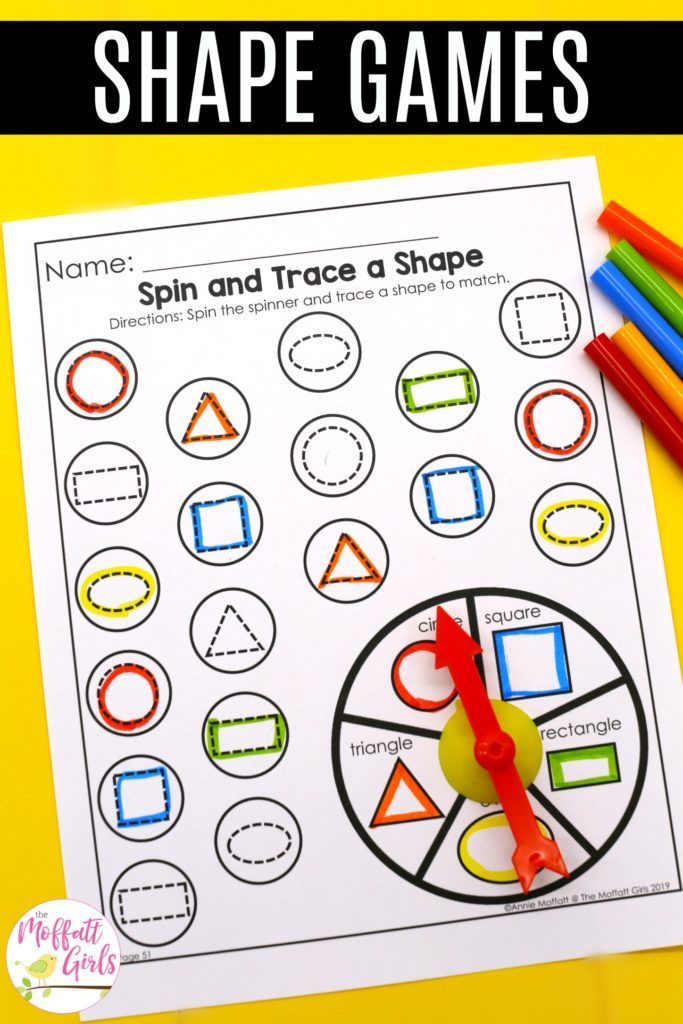
Math is the most important thing in trading. Trade workers should know numbers well, be able to add and subtract, multiply and divide them. Without this, sellers would not be able to count the goods in the store. Could not keep statements of expense and receipt of profit in the store. With the help of mathematical calculations, sellers calculate the cost of the goods purchased by the buyer, count the change.
Mathematics in making clothes.
Before sewing clothes, you need to take all measurements from a person, and here you can not do without mathematics. With a centimeter tape, you need to make measurements (length of sleeves, width, length of a suit or dress), writing them in a notebook. Then, according to the fashion magazine, you need to choose the style of clothing and, according to the previously measured measurements, calculate and draw a pattern. With the help of mathematical calculations, we leave a supply of fabric for allowance and hem, only after that we cut the fabric for sewing clothes from it.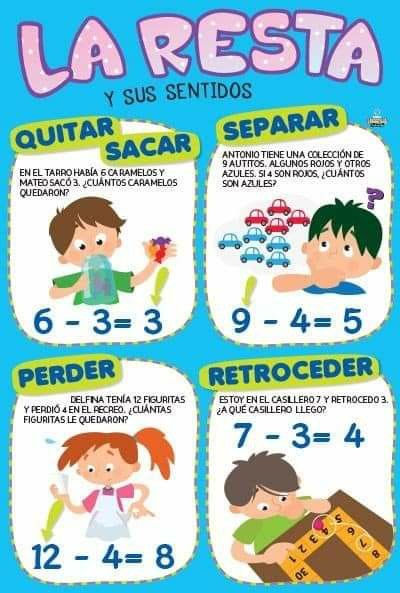
Learn more

